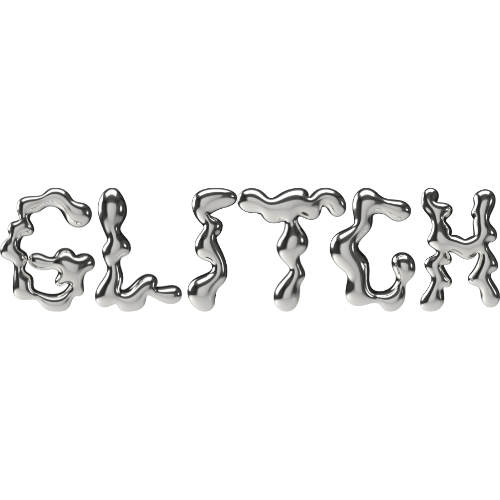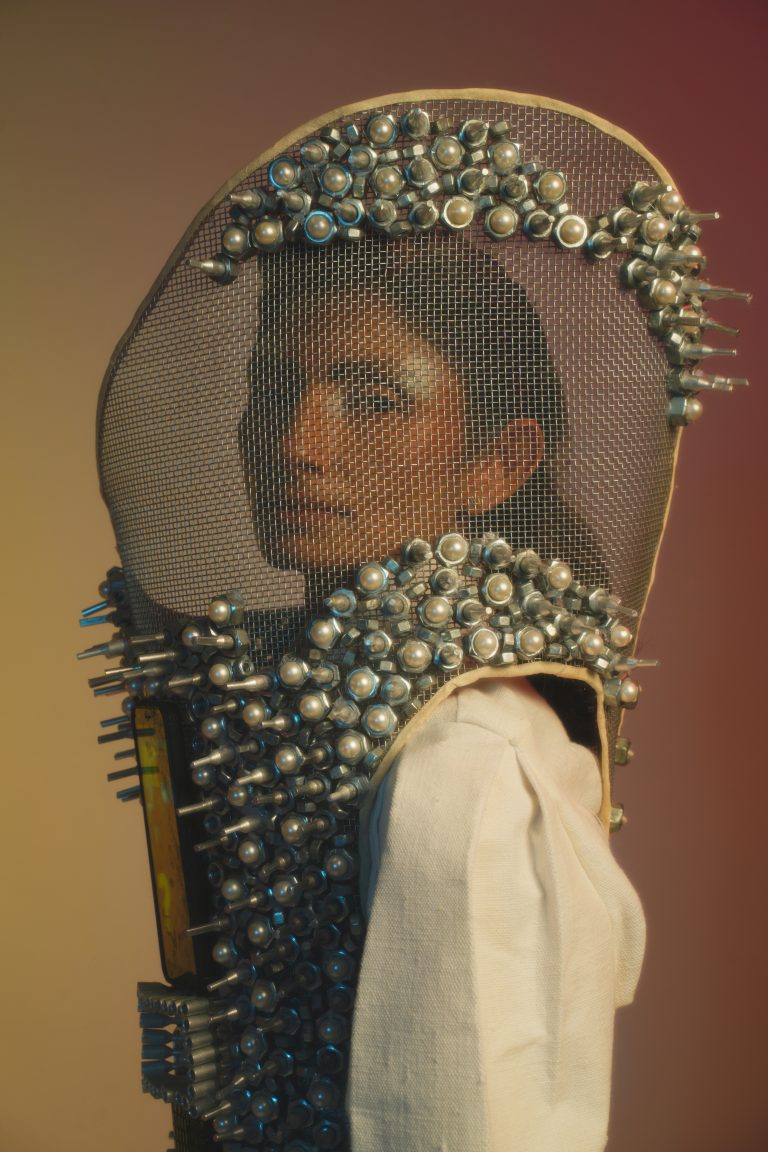Srushti Patil is a conscious designer, and someone who is artistically defiant in her bid to create better. GLITCH were able to connect with Srushti and speak with her about her own personal and evolving understanding of cirularity, and how she intends to develop the industry not only through design but through conversation and podcasting.
When did you first begin to consider yourself a creative?
I have always, even throughout my childhood, been very inquisitive, thoughtful, and eager to learn new things about myself. I was always keen to learn and become better at whatever I chose. Creativity is a part of all living beings. Some of us just become aware of it sooner than others. Some of us become aware of it, but choose not to use it as much. And when you don’t nurture something, it doesn’t bloom. For me, that is all that creativity is – to be able to have a deep connection with things around me, and still be able to see them from a detached perspective to identify places of possible improvement and refinement.
How would you summarise your experience as a traditionally trained fashion student?
There are parts of traditional training I love, and some not so much. There are several faults with our education system – it seems to be less about learning, and more about winning and competing. Learning is no longer a beautiful, empowering, and enlightening experience. It has become full of malicious feelings due to the highly individualistic society we live in.
Even though I am a traditionally trained designer, I have learned more from observing great designers of the past and present, than what was being taught in college. The most important lesson I have learnt from my favorite professors and designers is that there is no one way of doing things. You have to find what works for your unique situation.
What was your biggest learning curve?
I began my spiritual journey a few years ago. And when I truly realized I had nobody to compare myself to other than myself, I began to grow and win in my eyes. I began to see my talents and make decisions that were best for me without comparing my journey to anyone else’s.
The same thing goes for my design career as well. The moment I began to see what makes me and my journey unique, and how I can use that to create beautiful things and benefit those around me, I found my voice.
It is very easy to feel threatened in the creative industry because its a very competitive field and we’re surrounded by extremely talented people. But all you need to do is find your unique set of talents and skills and hone them more.
What was your proudest moment?
One of my proudest moments was when I received my offer letter from FIT NYC, school of Art and Desing. It has been my dream college for a long time.
But an even prouder moment is when I am shooting my collections. That moment when my designs are being photographed, feels like a culmination of months of hard work. And I finally begin to see some results. It is also a very rewarding moment when a model tries on the outfit for the first time and feels beautiful in what she is wearing.
Your work centers a lot on fabric manipulation and sustainably cultivated fibers. How important is material in fashion?
I think the material is as important as the design itself. I try to work with biodegradable materials as much as possible. I think, whatever we borrow from the planet must find a way to go back to it. That is where the nature of the material becomes crucial. The nature and quality of the material also affects how our body feels and responds to it as well as the durability of the product.
How and when did you develop an eco-consciousness? Have you always been aware of the footprint of fashion or did you have an awakening moment?
I have become eco-conscious as a result of my observation of the destruction of natural resources around me in my environment. I have traveled a lot in my life and I see that everywhere. It is very disturbing to see how humans live and treat natural resources and other living species around them as if they exist only to satisfy our needs. I find deep contentment in working within the framework nature has laid down for us. And I feel it is very much possible to work within that framework, and still be able to keep innovating and make your business very profitable.
What was the ethos of your graduate collection “Circularity”? How would you narrate the story of this project?
There are 6 individual looks in the collection. Each of them represents something.
Look 1 is a representation of the disconnection between the global north-south. The North consumes the majority of the fast fashion, however the South is where most of the production takes place. Moreover, most of the fast fashion finds it’s way back to Southern thrift markets Only a small percentage this thrift stock it is sold and rest is dumped in our landfills. African landfills are a huge example of the same phenomeon. The 2 separated hemispheres depict this problem.
My second look is a 3D-printed wearable structure. It represents an infinite loop. It has no end or beginning- representing the true sense of CIRCULARITY. It is 3D printed in fully biodegradable PLA. Circularity is not just a business model for fashion businesses, it is the essence of how nature functions.
The other 4 looks represent pillars of circularity in fashion. Each of them represents 4 pillars- Waste Management based solutions (upcycling, repurposing, recycling, etc.), Material based innovations (new plant-based materials, plastic replacements, etc.), Technological innovations (AI tools, production advancements, etc) and Consumer psychology-based solutions ( creating a conscious consumption culture). All of these help in turning circular fashion into a reality.
How integral do you think collaboration is to creativity? How collaborative is your work?
I began confronting circularity by creating a flowchart of what my understanding of circularity in fashion means. I noted down the whole cycle of fiber to cloth and how it lives its life before either being dumped in a landfill or becoming one with soil again. I also noted down all of the people fashion businesses need to be fully circular and profitable.
Designers, scientists, textile researchers, investors, policy makers, etc. EVERYONE needs to work towards that common goal to make it a reality. Designers are only one part of the machinery.
As I move forward and understand and learn more about circularity, I shall elaborate this chart more and more, until I find an achievable balance.
Do you intend to disrupt the fashion industry? How?
I think I am still figuring that out for myself. I am still discovering what being a designer means to me and what the industry really needs. I have a long way to go.
Who or what do you think is changing the fashion landscape inventively?
I think social media has and will continue to change the fashion landscape. Anyone who wants to make use of it has a voice now. You’re not dependent anymore on being picked up by some famous magazine or spending a tonne of money on showing your collection at the fashion weeks. You can tap into the market just by using social media. It is an incredibly powerful tool.
One doesn’t need middlemen anymore to gain recognition or sales. Especially for students and young designers who don’t have enough economic resources or connections in the industry.
You have a project called Podcast for Fashion that is launching soon. How integral is conversation to change? How does conversation transition to action?
POF is a platform where I aim to be in conversation with great designers, stylists, photographers, or absolutely anyone who’s “disrupting” the fashion industry. It will be an audio-visual interview-based podcast.
It is a resource I would’ve wanted as a student, to gain insight directly from the great people themselves. Bringing out the raw details, their histories, lessons, etc. I think not enough platforms are doing that. I would also love to interview integral people in the fashion industry who don’t get the limelight but have a lot to teach us. Like a couture artisan who has years of working experience and has probably dressed a tonne of influential people but never had a chance to share his/her learnings.
Written by Hebe Street from GLITCH Magazine
Words by Srushti Patil





